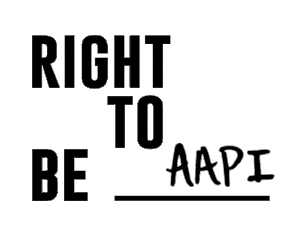What are the impacts of online abuse?
Online harassment has severe repercussions for those who experience it. It can affect people’s mental health and wellbeing and lead to anxiety, depression, and PTSD. Online harassment often has the expressed purpose of forcing the person to abandon the internet or take down their content. Consequently, diverse voices are being censored and silenced, and people’s right to freedom of expression is being drastically impacted. There are also concerns about real physical safety risks. Furthermore, people are incurring financial costs when they are forced to shield themselves from the abuse (e.g., if they have to change their locations, get professional help, etc.).
The Online Abuse Wheel presented below is used to illustrate and help us think about the key connections between the tactics used to harass, the overlaps with what is considered illegal depending on various contexts, and ultimately the impacts, both short-term and long-term, that online harassment and abuse has on those who are targeted.
This wheel was created by Soraya Chemaly and Debjani Roy and is based on the Domestic Abuse Intervention Program’s Power and Control Wheel, which was created in 1984, to better understand the experiences of survivors of domestic violence.

To better understand the wheel and for specific definitions for the terms used, check out Women’s Media Center Free Speech Project.



